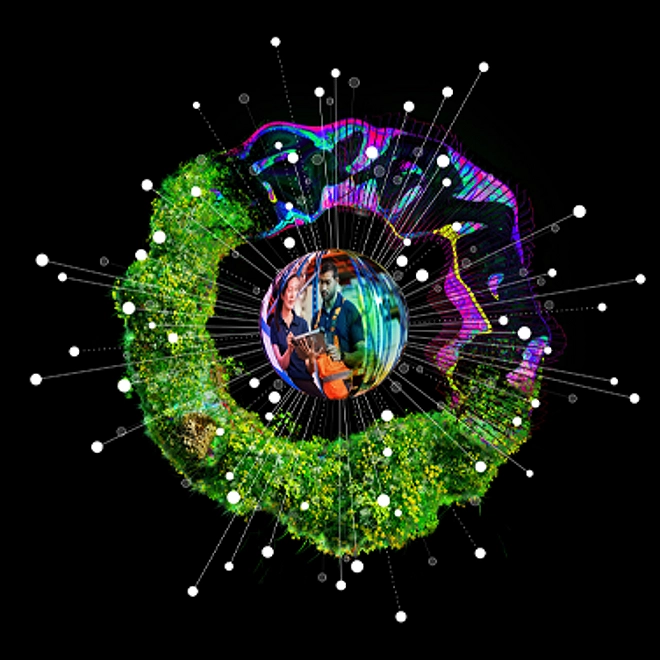Digital Doppelgangers
A new way humans and machines can partner and transform work
Digital doppelgangers represent a new way to approach the application of AI in the workplace
In 2021, a musician released a new kind of instrument: An AI version of her voice. Anyone can upload audio of themselves singing and the AI can transform the audio so it sounds like it was sung by the musician. The AI can sing in languages that the musician does not know and in myriad styles of music. While this might seem like another entrant in the growing category of AI tools to generate art, it represents a potentially profound shift in the ways that workers can replicate and extend their capabilities into multiple work contexts at once. For a musician, extending her unique skills through AI could radically reduce constraints on her ability to perform. “Could I be in a thousand different bands in multiple languages,” she asked in a recent interview, “and what would that even sound like?”
Think of the musician’s AI as an early example of something we could become much more familiar with in the coming years: A digital doppelganger.
Digital doppelgangers represent a new way to approach the application of AI in the workplace. Digital doppelgangers can replicate specific skills, knowledge, and other attributes of an individual or small team. For a musician, this may mean replicating her voice but for other professions, it could mean replicating institutional knowledge, decision-making frameworks, or strategic thinking.
Building the Next Generation of Digital Workers
Digital doppelgangers offer a pathway to accelerate organizational growth, innovation, and sustainability while improving the day-to-day experience of workers. While there are similarities between digital doppelgangers and today’s AI, it is important to understand these four key takeaways when developing a long-term strategy to integrate digital doppelgangers into your workforce.
- Traditionally, organizations have focused on using AI to take on discrete tasks and use cases. Digital doppelgangers represent a shift in how AI is applied because they are designed to replicate unique qualities and capabilities of individuals and teams. This distinction may sound subtle, but it represents a significant change for how humans should evaluate using AI in the workplace. Thinking about AI as a tool to replicate unique human traits should involve making a significant investment in shifting mindsets and organizational culture.
- In contrast to today’s AI which relies exclusively on big data and technical programming for input, digital doppelgangers should be trained by working with humans in smaller, contextually relevant settings. This can create new low-code and no-code ways for non-technical workers to develop and deploy AI. While this would empower individual human workers, it would also create new kinds of risks for organizations to monitor and mitigate.
- While digital doppelgangers are designed to replicate human attributes, they should not be seen as a replacement for humans. Instead, digital doppelgangers represent a new opportunity to improve human and machine collaboration. Viewing digital doppelgangers through this lens can create opportunities for blended workforces capable of doing more than humans or machines could do alone.
- Because of the above differences, digital doppelgangers are expected to pose different kinds of potential benefits as well as ethical challenges when compared with today’s applications of AI. There is a lot to figure out as the digital doppelganger idea comes to fruition.
Deloitte’s 5th annual, Age of WithTM study indicates 94% of surveyed business leaders agree that AI is important to success over the next 5 years and 76% of surveyed organizations are expecting to increase investments in AI in the next fiscal year.
These kinds of investments can help bring digital doppelgangers from concept to workplace collaborator in the coming years.




